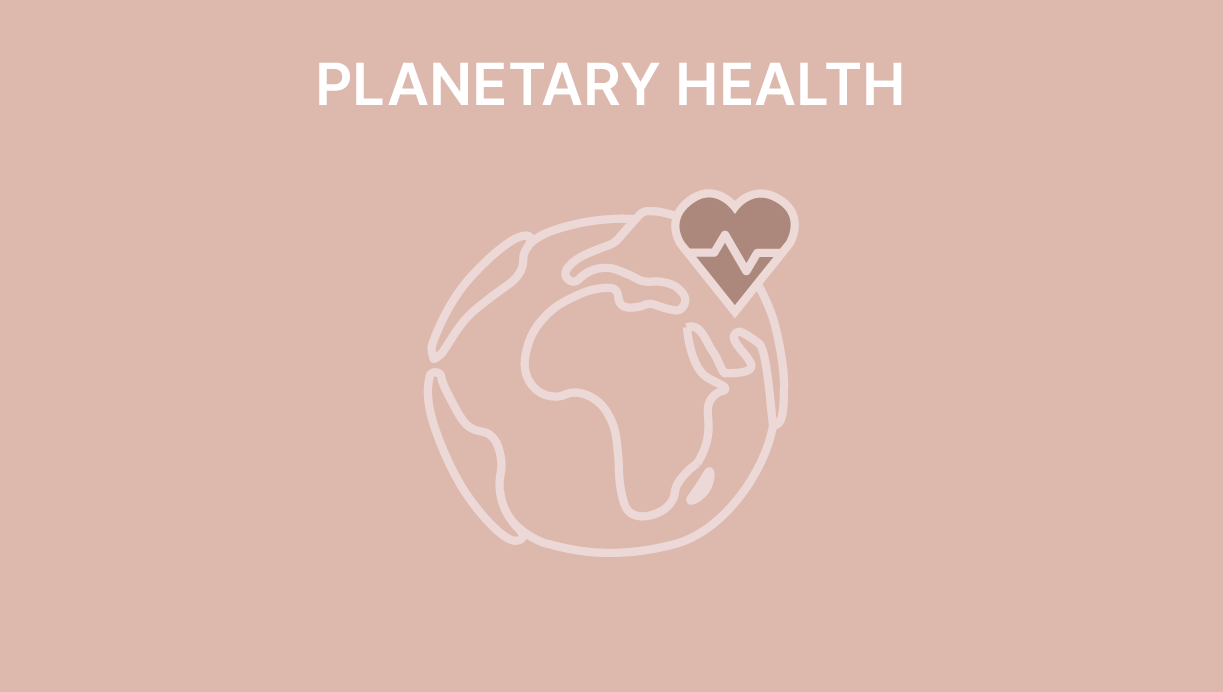Justice
Designing for the climate emergency is not only about focusing on direct impacts (i.e., reducing energy use and CO2 emissions), but responding to its symptoms, (in)direct causes and often unequal consequences. As architects we also hold a significant responsibility towards the public in our work: we are designing the spatial frameworks in which people live their lives and participate in society. As an architect you have a moral obligation to make better decisions, even if you are not rewarded for doing so. This requires a commitment to continuous research, conscious decision-making, curiosity, and creativity to innovate and to challenge the often damaging and unfair status quo. It also requires an in-depth understanding of questions of fairness and justice related to one’s own work.
Planetary Health
Your project should never contribute to tipping points and ecological or climate breakdown. Instead, use your design to identify how you can positively impact the planet and restore some of the previous damage done. This means redirecting current human-centric design approaches towards an inclusive, biodiverse, restorative future using the principles of radical inclusivity, biophilia and topophilia. We should strive towards an approachable architecture that can be used by different living-beings in different (adaptable) ways. Following these principles steers us towards more ethical professional practices that support planetary health, instead of damaging it.


